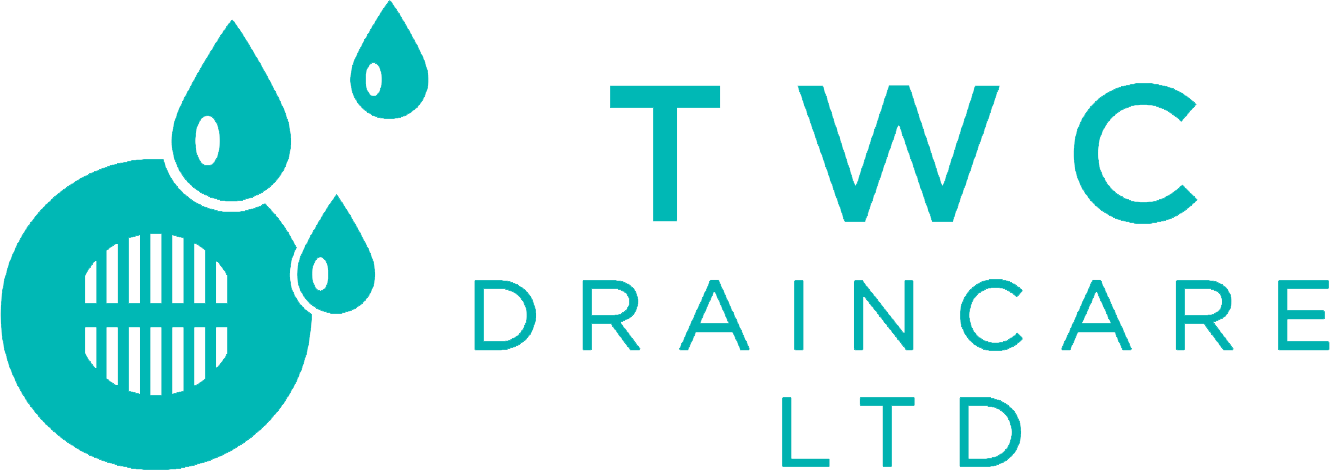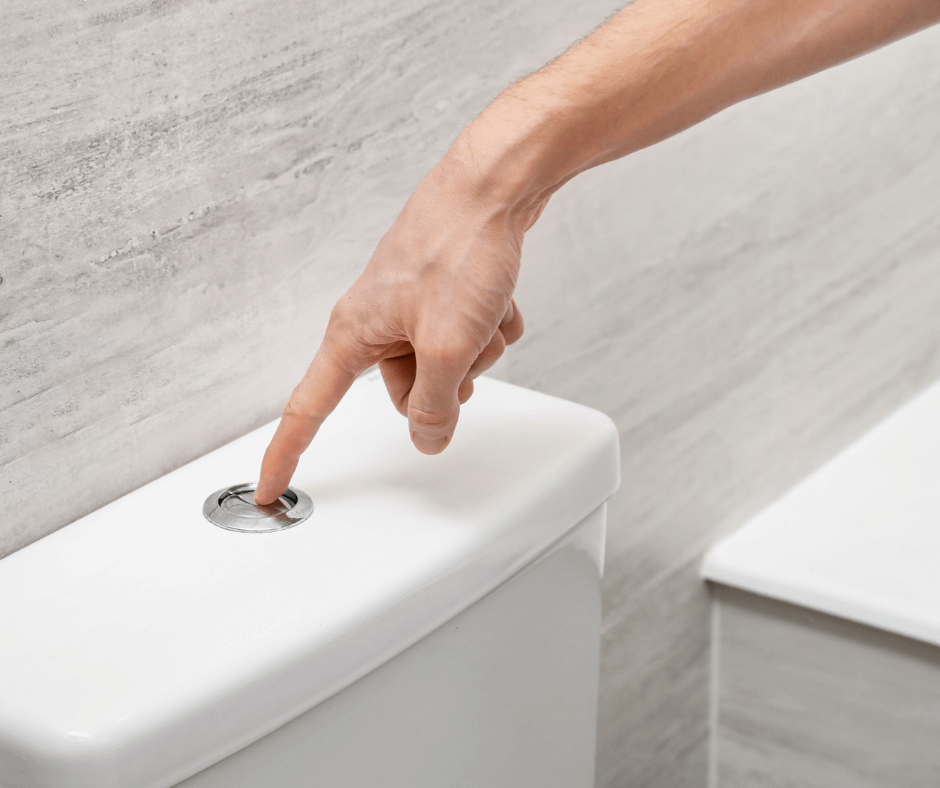At TWC Draincare, we often talk about best practice when maintaining your drains; particularly when it comes to what should not be flushed down the toilet. The truth is that flushing the wrong things can lead to huge (and expensive) problems with sewers and drainage systems. This week, we want to give you a case study– the 2017 East London fatberg.Type image caption here (optional)
What Is a Fatberg?
A fatberg is defined as “a very large mass of solid waste in a sewerage system, consisting especially of congealed fat and personal hygiene products”. These materials cannot be properly processed through traditional sewers, leading to a build-up and then subsequent damage as the clog solidifies. Fatbergs can grow to incredible sizes, which then causes significant problems in public sewerage systems.
A Large Issue
In 2017, a fatberg was discovered by Thames Water in East London. It was 250 metres long, and weighed 130 tonnes (that’s 5 lengths of an Olympic swimming pool, and almost the weight of a blue whale)! Removing these blockages is a slow and challenging process; fatbergs are so solid that they must be broken apart with high-pressure hoses, and then transported by tankers to recycling sites. This is both costly and time-consuming.
How Can We Prevent Fatbergs?
A large component of fatbergs is oil that has been improperly disposed of. Waste oil should never be flushed or put down the sink; if you need to dispose of it, please soak it into paper towels and throw them into the bin. For businesses, or anyone needing to dispose of large quantities of oil regularly, there are dedicated services that can come to collect your oil and dispose of it safely.
For more information on what you should and should not be flushing, please contact us.

